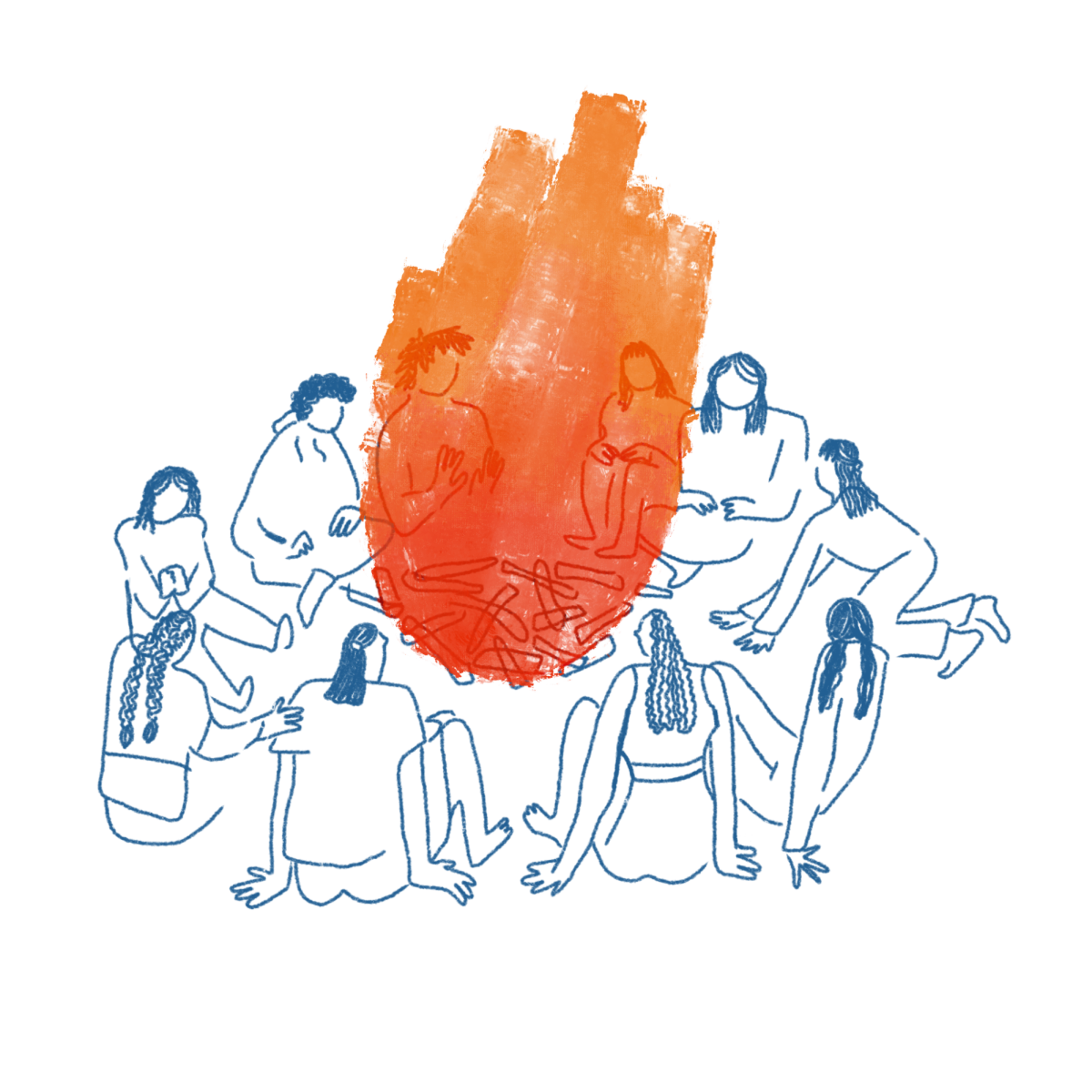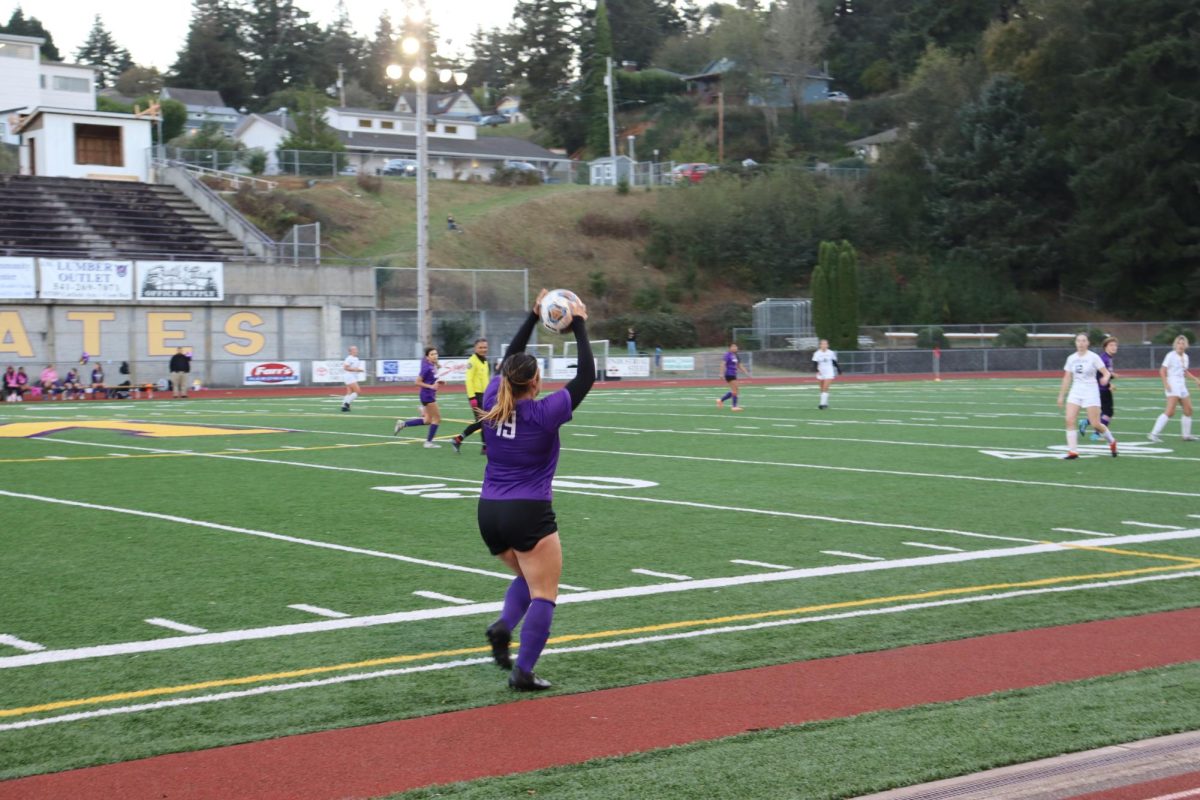With a new name, the ARK project set its sails to rescue a flood of homeless youth.Once known as the Maslow Project, the ARK (At-Risk-Kids) Project assists youths aged 0-21 in helping to keep at-risk kids and families afloat. More than 300 youth in the Coos Bay School District are considered homeless and the Ark Project helps diminish the obstacles in the way of a free education for those struggling.
The ARK Project assists students and families by finding or providing food, shelter, clothing and counseling. According to educational assistant Rachel Spore, the end goal at ARK is to help each family find stability. A new homeless liaison/project manager, Melinda Torres, expressed her concern over the statistics of homeless children in Coos County.
“I didn’t realize how much of a problem it was that more than 300 kids are homeless in Coos County,” Torres said. “It’s important that every child has equal rights to education.”
According to the Oregon Department of Education, every school district in Oregon is required to have a Homeless Student Liaison, or connection, to provide direct assistance to homeless families and unaccompanied youths to have the access to achieve in school. The ARK project resides in Coos Bay, but opens its doors to anyone in need of a helping hand.
“We define homelessness as defined by the McKinney–Vento Homeless Assistance Act,” Spore said. “It’s not homelessness like most people think, which is sleeping under a tree; it’s living in a motel, shelter, camping in a campground, RV or inadequate household.”
The McKinney–Vento Homeless Assistance Act defines homeless children and youth as “minors who lack a fixed, regular and adequate nighttime residence,” such as “sharing the housing of other persons due to loss of housing, economic hardship or a similar reason,” as stated by the Oregon Department of Education website. The range of needs are broad for homeless Coos County youth and the ARK project addresses each situation accordingly.
“I can’t get to school, I need a little extra help and support, and I might not have a comfy place to sleep are probably our top three barriers [for student education],” Spore said.
According to special programs administrator Lisa DeSalvio, when students and families first drop by, their immediate needs are taken care of, like food, clothes, blankets or hygiene supplies. Case managers then communicate with the family and mobilize community resources to help students stay in school. Educational assistance is given if needed via tutoring, credit recovery, General Education Diploma (GED), computer access and more. The last component is building self-sufficiency within the family or student, creating and building skills in health, life, communication and education.
“One of our main goals is to make sure that students and families are able to stay in the same school,“ DeSalvio said. “Every time you change schools, research shows that you lose three to six months of instruction.”
A student wishing to stay anonymous said ARK’s support through a rough time in their life made a difference. The student explained that low attendance and grades along with problems at home caused them to seek help at the ARK Project.
“I feel like without the Maslow Project [ARK Project] I wouldn’t have been able to push myself to get my GED,” the student said. “Sometimes I would go there just to be by myself or get the help that I needed in school.”
The student said the staff encouraged them to continue to work on getting their GED and the environment at the ARK project.
“They didn’t only help me get my GED, they paid the $45 that went along with each test,” the student said. “It [ARK Project] is a comfortable place to be and where I can get a free education.”























